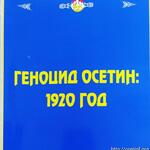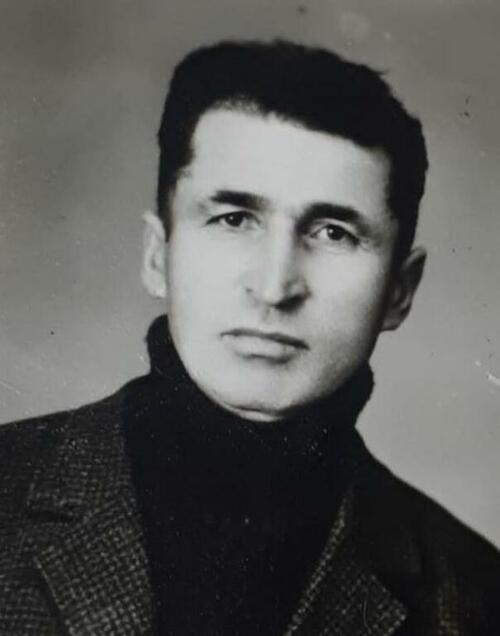Along the Alagir gorge
In the settlement of Alagir. Already approaching the villages. Alagir, you see piles of freshly sprinkled earth, dozens of graves with newly knitted crosses.
These are graves where exiles are buried, who, fleeing the Georgian democratic paradise, fell into the tenacious clutches of hunger, exhaustion, cholera.
Right there, homemade belongings are lying on the graves - pillows, mattresses, blankets - all this is probably lying a little pulled away. Of course, there is no need to talk about disinfection.
We have entered the settlement of Alagir
“Now it’s good here, everyone cleaned, cleaned,” the driver tells us.
- And before ... before, dozens of people were lying and dying on the pavement ... For several days, the corpses lay on the streets. They were afraid to approach everyone ... And they did not clean.
Towards us, rumbling, is slowly moving arba. A curled body is lying in it, with a blackened face, convulsively clenched fingers, rolled eyes.
- It's nothing ... it used to be worse., - the driver says soothingly ... - Previously, they didn’t take it out.
Behind the walls of a destroyed building, we see several patients lying on pillows, or simply with a bunch of straw under their heads. <...>
From Alagir to Unal. Only after leaving Alagir, you see firsthand what it means to become victims of the “punishing hand of the Georgian democracy”, as the tireless Ahmet from the Free Highlander put it on the columns of his newspaper.
Exiles are found in every meadow, almost under every bush, under a rock.
In some places they are huddled by individual families, sheltered under a tent from a tattered blanket, in another place 25-30 people gathered. Here are dogs, sheep, sometimes a cow, a small bonfire, zealously fanned by the gathered around.
Here you can see small graves, crying, one can see the exhausted, half-dead people lying around.
They live like this in a semi-nomadic state for about a month - they are afraid to go back, forward - many do not know where.
So, they are living like cattle starving, eating corn churek, in the mud, ragged, not undressing, spending the night in the rain.
Having driven into the gorges from where the gorge begins, little by little you take a break from these paintings, admiring the green-blue overflow of sulfur springs, the green of the mountains and lulled by the noise of Ardon.
And having already traveled 15 miles from Alagir, again you come across stunning paintings. Down there, on the shallows of Ardon, a flesh-colored spot ominously whitens ...
“But this is a human corpse,” the charioteer says gloomily ...
We look down. Indeed, this spot does not harmonize too much with the gray outlines of coastal stones. We are going further.
Near the road, opposite the village of Zintzar, we see an old man who, sprawled on a mattress in exhaustion, drinks water from a bottle. Around him is all a miserable belonging: a bundle, a stick, some scum.
- We have left.
<....> Returning back, we saw the dead body of an old man against the village of Zintzar. He rolled down to the bevel and lay curled up, frantically clutching the grass, with distorted features.
And the spot, whitening below - we were told this - was the corpse of a woman who threw herself into the water somewhere near the Mizur glade. Her two children died of starvation, she threw their corpses into the water, and after them rushed herself. <...>
G. Astakhov
From the book of Ruslan Bzarov "The Ossetian genocide: 1920"






